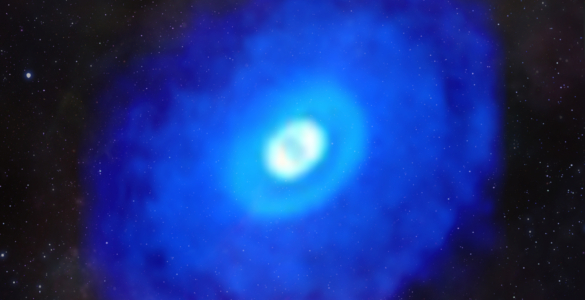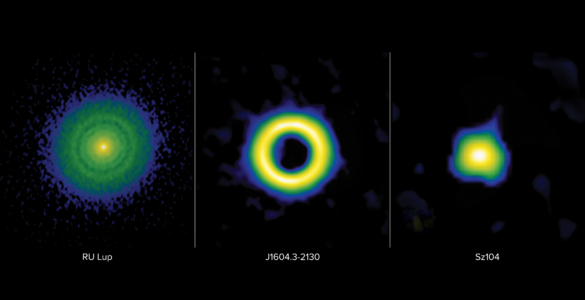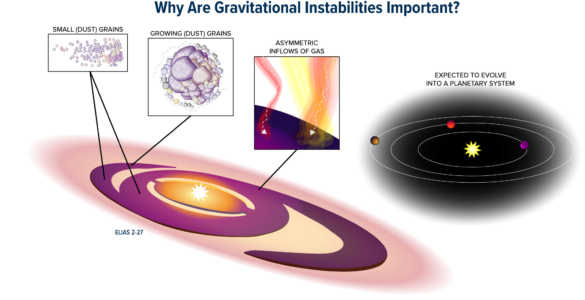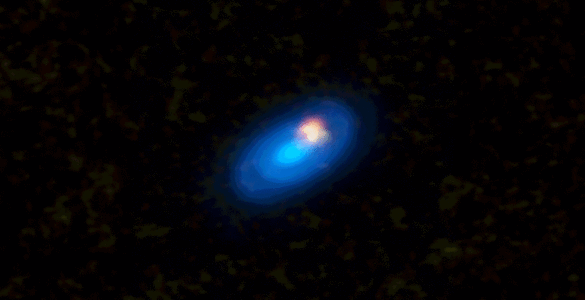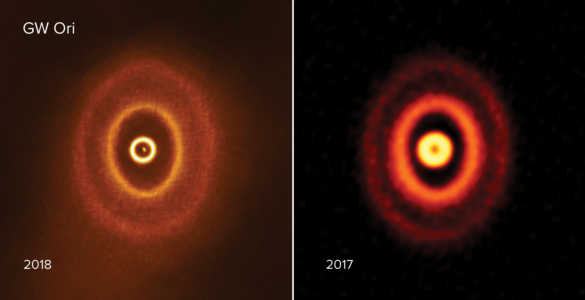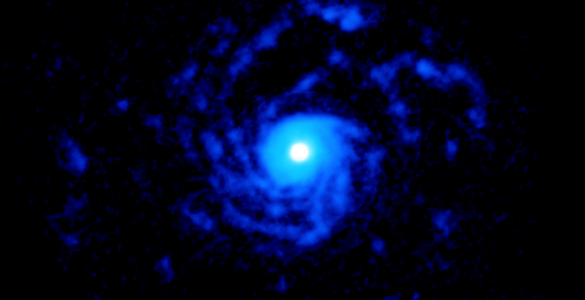Young Planet Makes a Scene
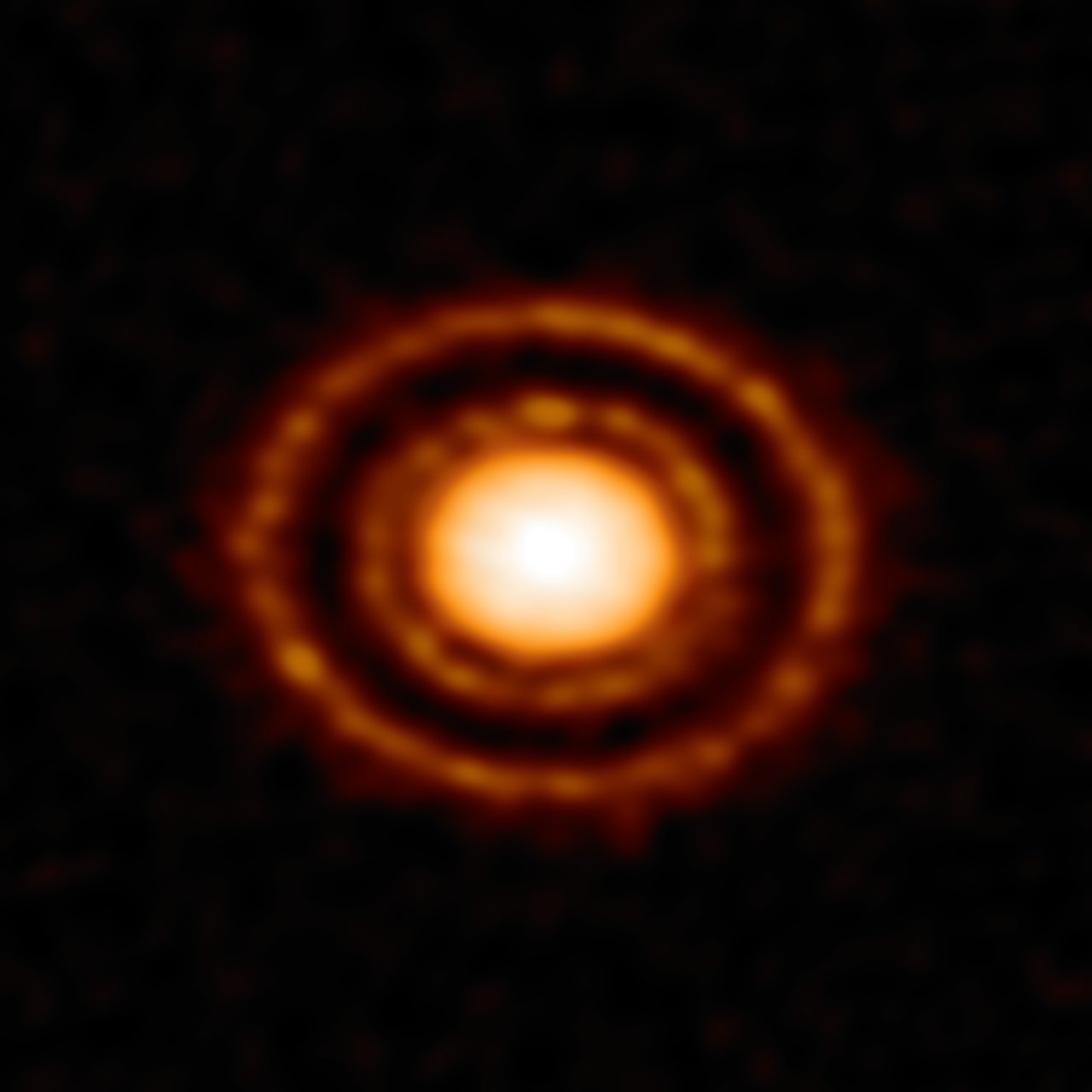
Nestled in the Ophiuchus star-forming region, 410 light-years from the Sun, a protoplanetary disk is slowly taking shape. Dust emission from AS 209 reveals a curious pattern of rings and gaps surrounding the young star.
Protoplanetary disks are composed of gas and dust particles, forming after the collapse of a molecular cloud. As matter from the newly formed star begins to fall inward, the material will flatten into a disk around the young star. These disks provide the foundational material that one day will become orbiting planets, moons and other minor bodies.
At less than a million years old, this system has two clearly distinct gaps carved out from the disk. The wide outer gap is a largely a dust-free zone, suggesting a Saturn-like planet may be forming. The distance between this gap and its host star is more than three times the distance between Neptune and the Sun in our own solar system. The thinner, inner dust gap could have been formed by a smaller planet nearer to the star, or by perturbations in the disk caused by same proposed planetary body that carved the larger outer gap in the disk.
This striking image was captured with the Atacama Large Millimeter/submillimeter Array (ALMA) telescope on the Chajnantor Plateau in Chile.
| Technical Details | |
|---|---|
| Telescope | Atacama Large Millimeter/submillimeter Array |
| Band | 230 GHz |








